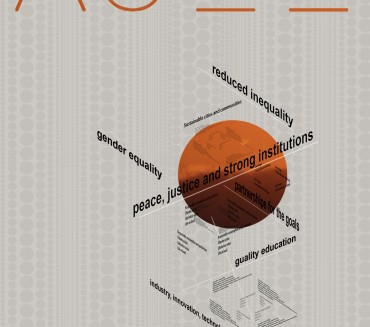1. Introduction. – 2. Methodology of the Study. – 3. Results and Discussion. – 3.1. Situation on Torture in Kazakhstan. – 3.2. Changing the Legislative Definition of "Torture" and its Inconsistency with the Convention Definition of "Torture". – 3.3. Problems of Distinguishing Torture from Cruel, Inhumane or Degrading Treatment and other Forms of Violence. – 4. Conclusions.
Background: The issue of violence remains highly relevant in Kazakhstan today. Despite legal protections against violence and defence for individual rights, to date, there has been no resolution to the issue of torture by or on behalf of the state. The foundations of Kazakhstan as a rule-of-law state are undermined by violence. The state's efforts to address the current situation appear to be ineffective, fostering an environment where future violations of the rights, liberties, and legitimate interests of individuals, as protected by the Republic of Kazakhstan's Constitution, are encouraged. There is a trend towards governmental illegal violence being tolerated. It is unacceptable for law enforcement and prison personnel to conduct torture as a standard practice. Systemic measures, including criminal law measures, have a specific position in the fight against torture. This study's objectives are to analyse how torture and other cruel, inhumane treatment are criminalised under Kazakhstani criminal law, pinpoint issues with how these laws are applied, offer recommendations for addressing them, and contribute to the ongoing conversation surrounding these issues.
Methods: The method of normative-legal research was used in the analysis of Kazakhstani criminal legislation on the qualification of torture. The method of conceptual analysis was used in the study of a new conceptual apparatus in the disclosure of understanding of ill-treatment and torture. The comparative-legal method allowed the analysis of the history of the development of Kazakhstan’s criminal legislation on the criminalisation of torture and ill-treatment to be subject to critical analysis of the current norms of criminal law in comparison with international legal acts. The qualitative method was used to analyse the situation with torture according to official data of the Committee on Legal Statistics and Special Records of the General Prosecutor's Office of the Republic of Kazakhstan, appeals of Kazakhstani citizens to the Commissioner for Human Rights in the Republic of Kazakhstan with complaints of torture.
Results and conclusions: Based on the analysis of the provisions of the current Kazakhstani criminal and international legislation and relevant scientific literature, the authors come to a scientifically justified conclusion on the need to actualise the attention of the state to focus more actively on addressing torture and cruel, inhumane treatment. The authors make proposals for further development of criminal-legal measures to counter torture and cruel, inhumane treatment. One such recommendation is to remove the narrow definition of an official in relation to torture within the health care, education and medical and social spheres. Furthermore, the authors argue for the adjustment of Article 146 of the Criminal Code to more clearly differentiate between ill-treatment and torture.

